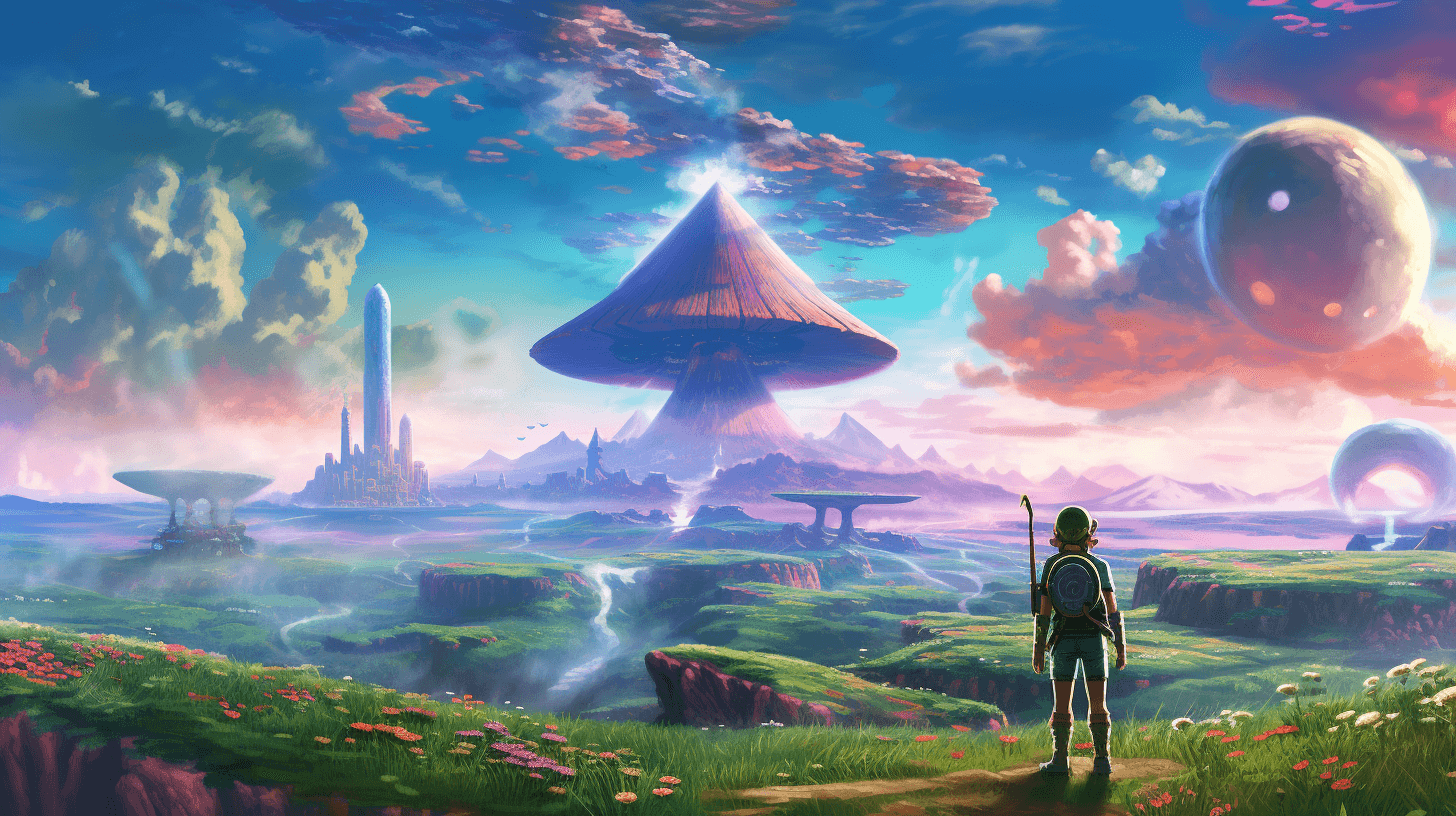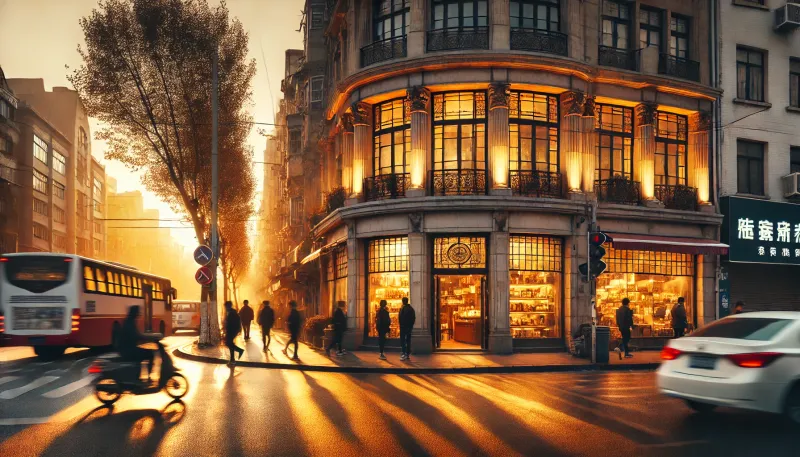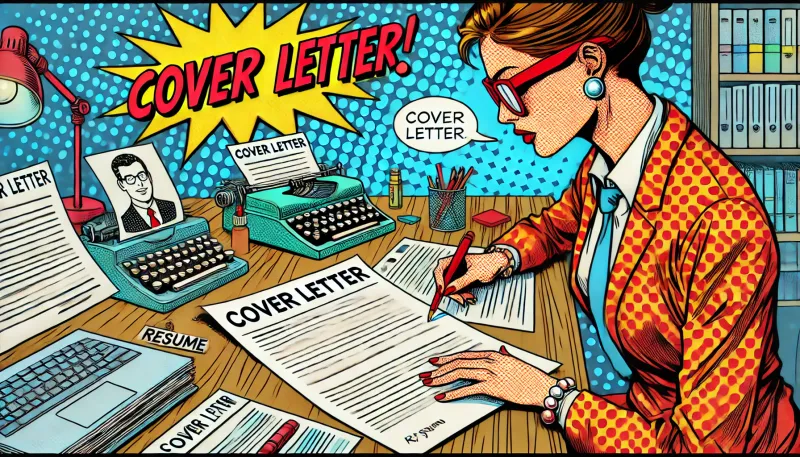In today's fast-paced digital world, the intersection of Artificial Intelligence (AI) and human creativity is continually unveiling new opportunities. MidJourney is a leading example, offering an innovative platform where AI and human creativity meet, resulting in an unparalleled user experience. Mastering the art of prompt writing for MidJourney can significantly enhance this experience, allowing users to harness the full potential of the platform's AI capabilities. This guide aims to help you navigate the process of crafting compelling prompts with breakdowns and examples, setting you on a path to mastery in the MidJourney landscape.
What is MidJourney and Why Should You Use It?
MidJourney is a pioneering platform in the AI domain, designed to inspire users to unlock the limitless potential of creative prompting. It is especially powerful in the realm of photography, where users can describe an envisioned scene, and the AI generates an image reflecting that description. This not only fuels creativity but also opens up boundless possibilities for professionals and hobbyists alike.
So, why should you use MidJourney? Firstly, MidJourney saves valuable time and resources that would otherwise be spent on physical photoshoots. It also offers an avenue to explore ideas without the constraints of physical realities. Whether you're a digital artist imagining surreal landscapes or a product manager needing a specific image for a campaign, MidJourney can bring your visions to life.
Moreover, the most compelling aspect of MidJourney is its responsiveness to prompts. Herein lies the need to master the craft of prompt writing. By understanding how to write effective prompts, you can guide the AI to generate results that are closely aligned with your vision. This guide aims to illuminate the path towards that mastery, offering insights, tips, and examples to help you create impactful prompts for MidJourney.
How to Craft Prompts for Midjourney
Crafting a compelling prompt for MidJourney is a blend of creativity, strategic thinking, and an understanding of photography concepts. Here is a step-by-step breakdown of the key components of a MidJourney prompt:
- Image we are prompting: This is the main subject or scene you want to depict in the image. It could be a bustling cityscape, a serene landscape, a detailed portrait, or an abstract concept - the possibilities are endless!
- 5 descriptive keywords: These specific words will further refine the image or the mood you want to convey. For instance, if you're prompting an image of a cityscape, keywords like 'dusk,' 'rainy,' 'neon lights,' 'busy,' and 'skyline' could enhance the atmosphere and detail of your generated image.
- Camera type: This could be a specific brand or model of camera or a type of camera like DSLR, mirrorless, film, etc. While MidJourney's AI doesn't precisely replicate specific camera effects, indicating a camera type can guide the AI towards a general aesthetic. For example, a 'vintage film camera' might suggest a grainy, nostalgic style.
- Camera lens: The type of lens used can affect the depth of field, perspective, and other aspects of the image. You could mention a 'wide-angle lens' for expansive landscapes or a 'macro lens' for detailed close-ups.
- Time of day: The time when the photo is taken, which can affect the lighting and overall mood of the image. Options could range from 'golden hour' to 'midnight,' each offering a different lighting environment.
- Style of photograph: This could refer to the composition, genre, or artistic style of the photograph. For example, 'minimalist,' 'surreal,' 'documentary-style,' 'impressionist,' etc.
- Type of film: If a film camera is used, this would specify the type of film. Different films can produce different colors, contrasts, and graininess. This could be 'black and white,' 'high contrast,' 'vibrant color,' among others.
- Camera settings: This could include the aperture, shutter speed, ISO, and other settings that affect how the image is captured. Mentioning a 'long exposure' could imply a blurry movement, while a 'high aperture' suggests a sharp focus with a blurred background.
- Post-processing techniques: Any editing or effects applied to the image after it is taken. For instance, 'high saturation,' 'vignette effect,' 'sepia tone,' etc.
Remember, each of these components contributes to the final generated image, so it's crucial to be as specific and descriptive as possible. In the next section, we'll delve into some examples of how these components come together to create effective MidJourney prompts.
Examples of Crafting a MidJourney Prompt with the Resulting Image
I was recently asked to help create a birthday gift image for a friend with MidJourney. They asked for a character from Avatar: The Last Airbender, but set in Boston. You can see the final image below, but lets breakdown how I did that.

The MidJourney Prompt:
"A serene Asian scene featuring Iroh from Avatar: The Last Airbender, peacefully sipping tea amidst the bustling cityscape of Boston. The keywords are tranquility, contrast, fusion, realism, and nostalgia. The camera is a Nikon D850 DSLR, paired with a Nikkor 50mm f/1.8G lens to capture the scene in crisp detail. The time of day is late afternoon, with the golden sunlight casting long shadows and bathing the scene in warm hues. The style of the photograph is hyper-realistic, with a touch of cinematic flair. The film used is Kodak Ektar 100, known for its vibrant colors and fine grain. The camera settings are f/8 for a wide depth of field, ISO 100 for minimal noise, and a shutter speed of 1/125 to freeze the moment. Post-processing techniques include subtle HDR to enhance the dynamic range, and a slight increase in saturation to bring out the colors."
Now let's break this prompt down into its component parts:
- Image we are prompting: A serene Asian scene featuring Iroh from Avatar: The Last Airbender, peacefully sipping tea amidst the bustling cityscape of Boston.
- 5 descriptive keywords: Tranquility, contrast, fusion, realism, nostalgia.
- Camera type: Nikon D850 DSLR
- Camera lens: Nikkor 50mm f/1.8G lens
- Time of day: Late afternoon
- Style of photograph: Hyper-realistic, with a touch of cinematic flair
- Type of film: Kodak Ektar 100
- Camera settings: f/8 for a wide depth of field, ISO 100 for minimal noise, and a shutter speed of 1/125
- Post-processing techniques: Subtle HDR to enhance the dynamic range, and a slight increase in saturation to bring out the colors.
This well-crafted prompt provided detailed, specific instructions to the AI, setting the stage for a serene yet bustling cityscape with a touch of nostalgia and realism. Notice how the descriptive keywords, camera type, and post-processing techniques all contribute to the mood and aesthetics of the scene.
Another MidJourney Prompt Example
Now let's consider a more imaginative prompt:
"An explorer, reminiscent of Link from the Legend of Zelda, stands on the surface of a strange, alien planet. The landscape is a surreal blend of Hyrule and otherworldly elements, with towering mushrooms, luminescent plants, and floating islands in the sky. The explorer is equipped with a futuristic version of the Master Sword and Hylian Shield. The image is captured with a Nikon D850 DSLR, using a 24-70mm f/2.8 lens. The time is twilight, casting a mystical glow over the scene. The photograph is in the style of a cinematic fantasy adventure, with a touch of surrealism. The film used is Kodak Ektar 100, known for its vibrant colors and fine grain. The camera settings are f/8, ISO 100, and a shutter speed of 1/125. Post-processing techniques include HDR for high contrast and a slight vignette to focus on the explorer."
Breaking down this prompt:
- Image we are prompting: An explorer, reminiscent of Link from the Legend of Zelda, stands on the surface of a strange, alien planet. The landscape is a surreal blend of Hyrule and otherworldly elements, with towering mushrooms, luminescent plants, and floating islands in the sky. The explorer is equipped with a futuristic version of the Master Sword and Hylian Shield.
- Camera type: Nikon D850 DSLR
- Camera lens: 24-70mm f/2.8 lens
- Time of day: Twilight
- Style of photograph: Cinematic fantasy adventure, with a touch of surrealism
- Type of film: Kodak Ektar 100
- Camera settings: f/8, ISO 100, and a shutter speed of 1/125
- Post-processing techniques: HDR for high contrast and a slight vignette to focus on the explorer.
This prompt is a great example of the boundless imagination MidJourney can handle. It's an entirely fantastical scene, with elements borrowed from the popular video game, The Legend of Zelda, blended with a surreal alien landscape. The specific details about the camera and the post-processing techniques add a layer of realism to the otherwise fantastical scenario.
Here's the generated image from this MidJourney prompt:

Try It Yourself
Ready to give it a shot? Follow these steps to craft your own MidJourney prompts:
- Select your main subject: This could be anything from a cityscape to a fantasy creature. It's your story to tell!
- Choose five descriptive keywords: These words should help further define your image. Think about mood, color, and texture.
- Pick your camera type and lens: Whether it's a DSLR or a mirrorless camera, or a specific lens, your choice will shape the depth of field, perspective, and other aspects of the image.
- Specify the time of day: The lighting will significantly affect the overall mood of your image.
- Define the style of the photograph: Are you aiming for realism, surrealism, or maybe a cinematic look? Let MidJourney know!
- Type of film (if applicable): If you're simulating a film camera, specify the type of film. Different films can produce different colors, contrasts, and graininess.
- Define your camera settings: Consider factors like aperture, shutter speed, and ISO.
- List any post-processing techniques: If you want to enhance certain elements of the image after it's taken, specify them here.
Photography and storytelling have always gone hand in hand, but MidJourney has taken this relationship to a whole new level. It provides a platform for creativity that transcends traditional boundaries, combining the technical aspects of photography with the freedom of imaginative storytelling. Now that you have a deeper understanding of how to craft prompts for MidJourney, it's your turn to tell your story. No matter what it is - a peaceful scene from a beloved animated series, a cinematic adventure in an alien world, or something entirely your own - MidJourney is here to bring it to life. So get started, explore, experiment, and most importantly, have fun creating your visual narratives.






